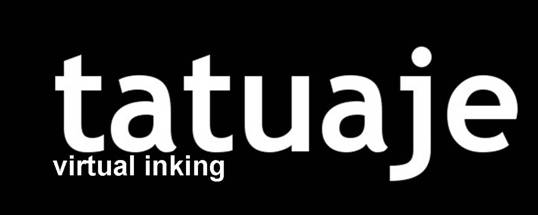
The idea of a tattoo magazine was born from a cover I made using Flickr Toys. Since photography is one of my drives in SL, I undertook an interesting project: to design the covers of an imaginary monthly magazine devoted to tattooing and publish them on Flickr. Not all readers understood that the magazine didn’t exist - every month I had an IM or Flickr mail asking me where the magazine could be found. In January of this year, one of my covers was featured in the Second Life official blog. I received an amazing response to it, and many more requests for the magazine. At that time, some tattoo artists contacted me and wanted to advertise in the magazine, contribute to it, or have a vendor at their stores.
As a result, I launched a real magazine. Tatuaje is the Spanish word for tattoo; I chose it simply because it looked better in the artwork on my first cover. I thought of changing it for my second cover, but again the visual of the word in Spanish was better than the word in English.
When tattooists create tattoos, they certainly look at them with an artistic eye, but when they display the designs for sale, showing the product and its features, the art is almost lost. Tatuje is a collection of tattoo photos shown from an artist’s point of view. In Tatuaje, we hope to enhance the beauty of the tattoos, give them movement, and give them life.
Although the core of our magazine is photography, every issue will contain an article on tattoos, tattoo-related trivia, history, stories, etc.
Enjoy your reading!





